Chapter 4
CGI Services Types
Depending on the needs of a specific marketing campaign, brands opt for different types of 3D visualization services:
- Product 3D modeling;
- Still rendering;
- Interactive rendering. To understand which one to choose, let’s examine each type closely.

1) Product 3D Modeling
Product CG modeling is the creation of a photorealistic three-dimensional model of a product using 3D modeling software. CG artists build it from scratch or on the basis of a CAD model. You can learn more about product design 3D modeling in a detailed project overview.
There are several types of 3D modeling services, each serving different purposes.
Low-poly 3D modeling
Low-poly 3D modeling is the creation of three-dimensional models of objects that are true-to-life AND lightweight. Which is why low-poly 3D models are used for games and interactive online tools like AR apps and 3D configurators.
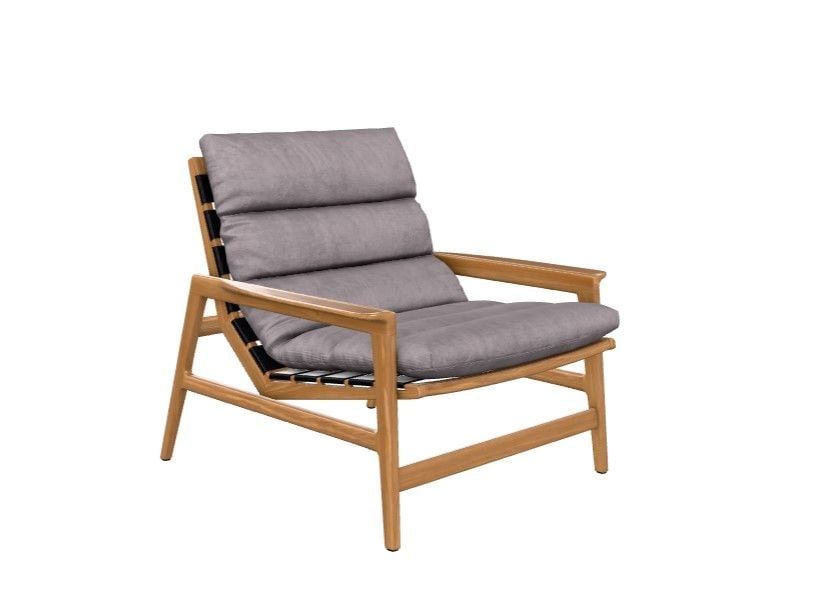
High-poly 3D modeling
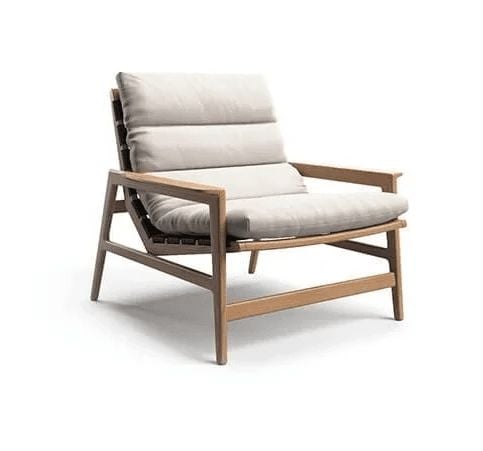
High-poly 3D modeling is a process of creating super-highly detailed three-dimensional representations of objects, or high-poly 3D models. Such 3D models are heavier and are used for photoreal marketing materials, such as product CG images, product 3D animation, 360-degree spins.
CAD modeling
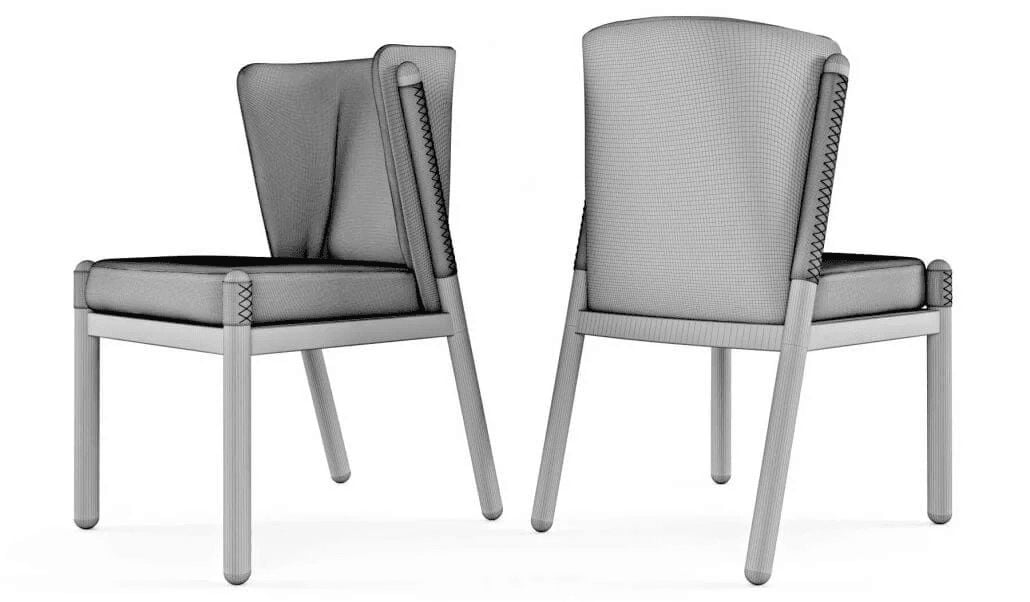
CAD modeling is the creation of models for 3D printing and rapid prototyping. It allows manufacturing a scale model of a product or its details super fast and with high precision. You can learn more in our article about 3D product prototyping and how it has changed the furniture industry.
3D retopology
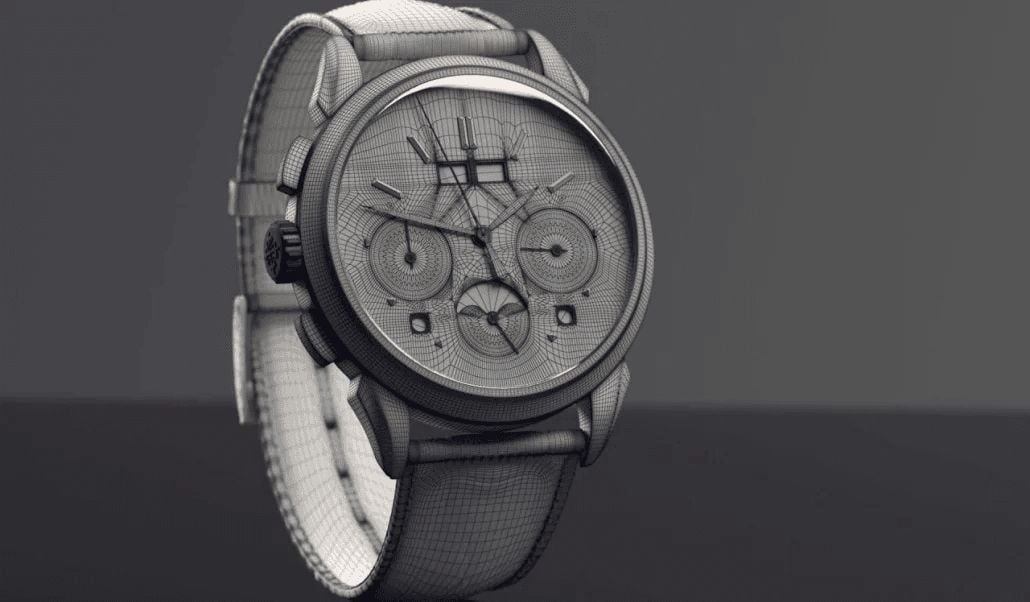
3D retopology is the process of optimizing the surface of a 3D model that makes it lighter in weight and keeps the level of detail. Manufacturers need retopology in 3 cases: when the 3D model is to be created based on a 3D scan, based on a CAD file, and when there’s a need to convert a high-poly 3D model into a low-poly one. You can find more information in our article about the use of 3ds Max retopology for furniture visualization.
The Complexity of 3D Modeling
A 3D modeling project workflow depends on the product design. The more details an item has, and the more intricate these details are, the more complex the 3D model is to create. There are 4 levels of complexity for furniture 3D models.
1. Simple modeling
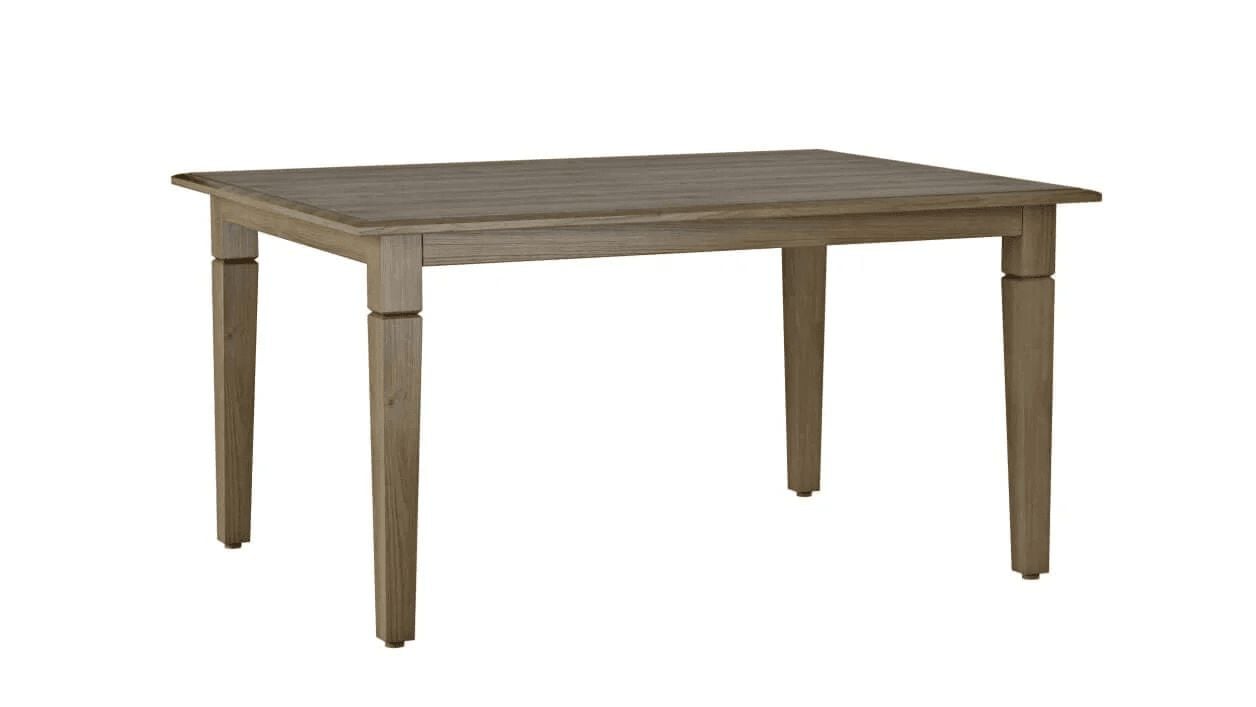
Simple modeling stands for the creation of 3D models for products that don’t have difficult geometry and lots of details like curves, stitching, piping, etc. To illustrate, these may be wooden or metal chairs, credenzas, benches, tables, etc.
2. Medium modeling
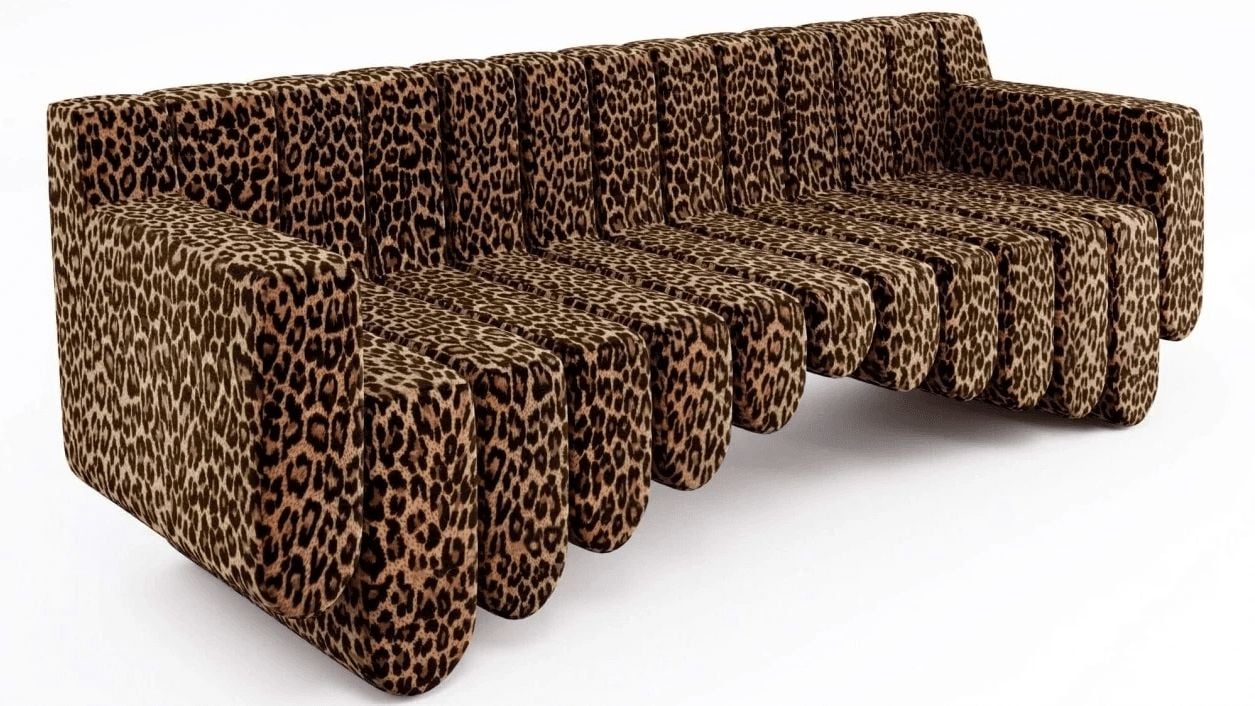
Medium modeling is a creation of furniture 3D objects with somewhat more complex geometry. The items may have a certain amount of decorative elements, reserved fittings, and textures — like tufted ottomans, reclining loungers, contemporary chaise lounges.
3. Complex modeling
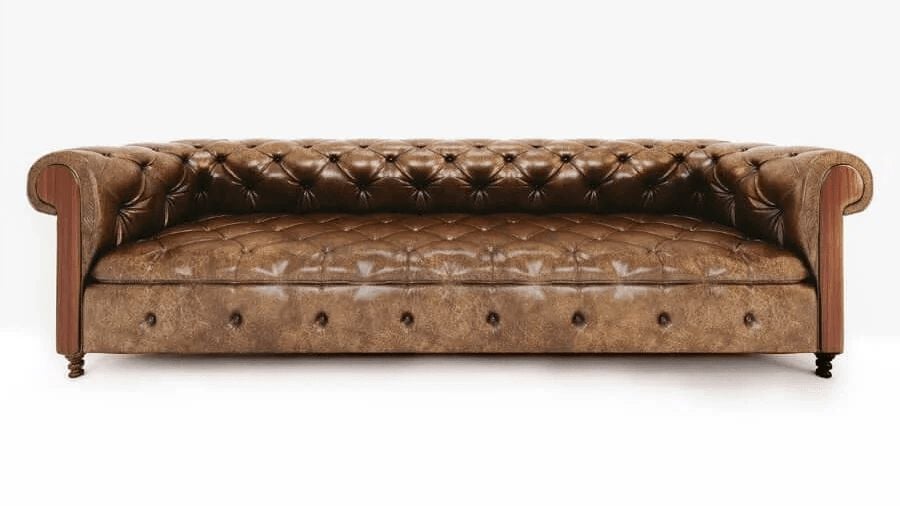
Complex modeling is the process of creating 3D models for furniture with high-end materials, such as leather and silk, and intricate details, like curves, piping, stitching, knots, etc. Typical examples of such objects are Chesterfield sofas and various armchair models.
Highly complex modeling
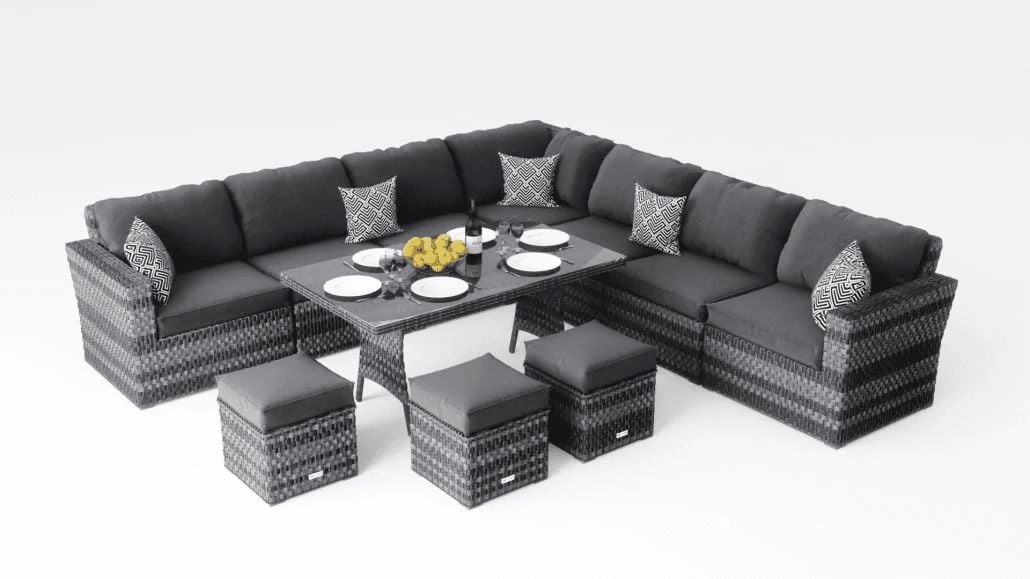
Highly complex modeling is building 3D models of the highest difficulty. This is usually the case with custom furniture that has carvings, weaving, forging, and complex materials.
2) Still Rendering Solutions
A still render is a static image that a 3D artist creates by building a digital scene and putting a product 3D model in it. The result looks like a photo and is used for marketing and sales materials, both print and digital. Let’s examine the two main types of still renders that marketers use.
1. CG Renders on a White Background
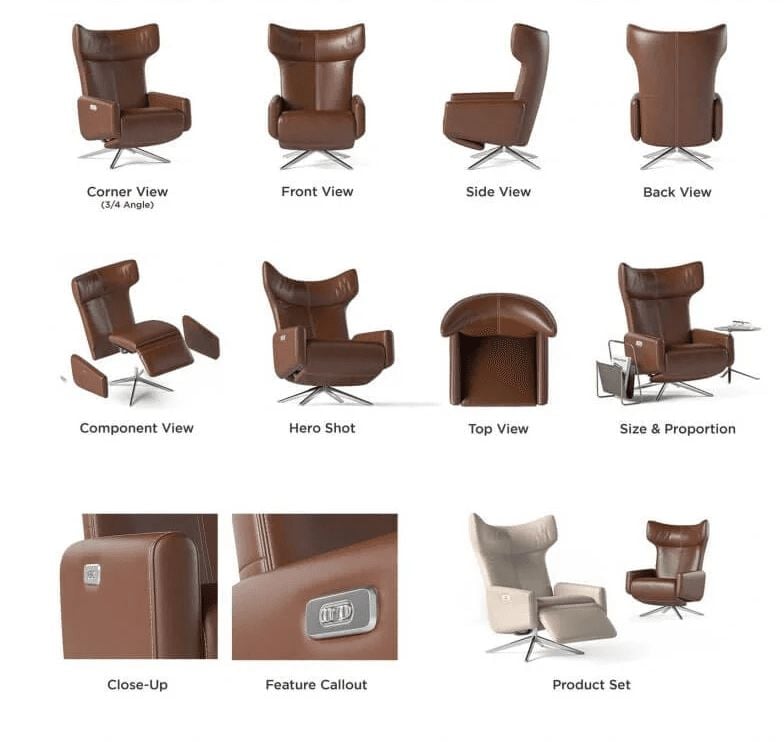
Silo 3D visualization service helps to show the product against a white backdrop with no other items in the scene. This way, all focus is on the centerpiece. Above are 13 main types of silo renders to choose from.
2. Lifestyle 3D Renders
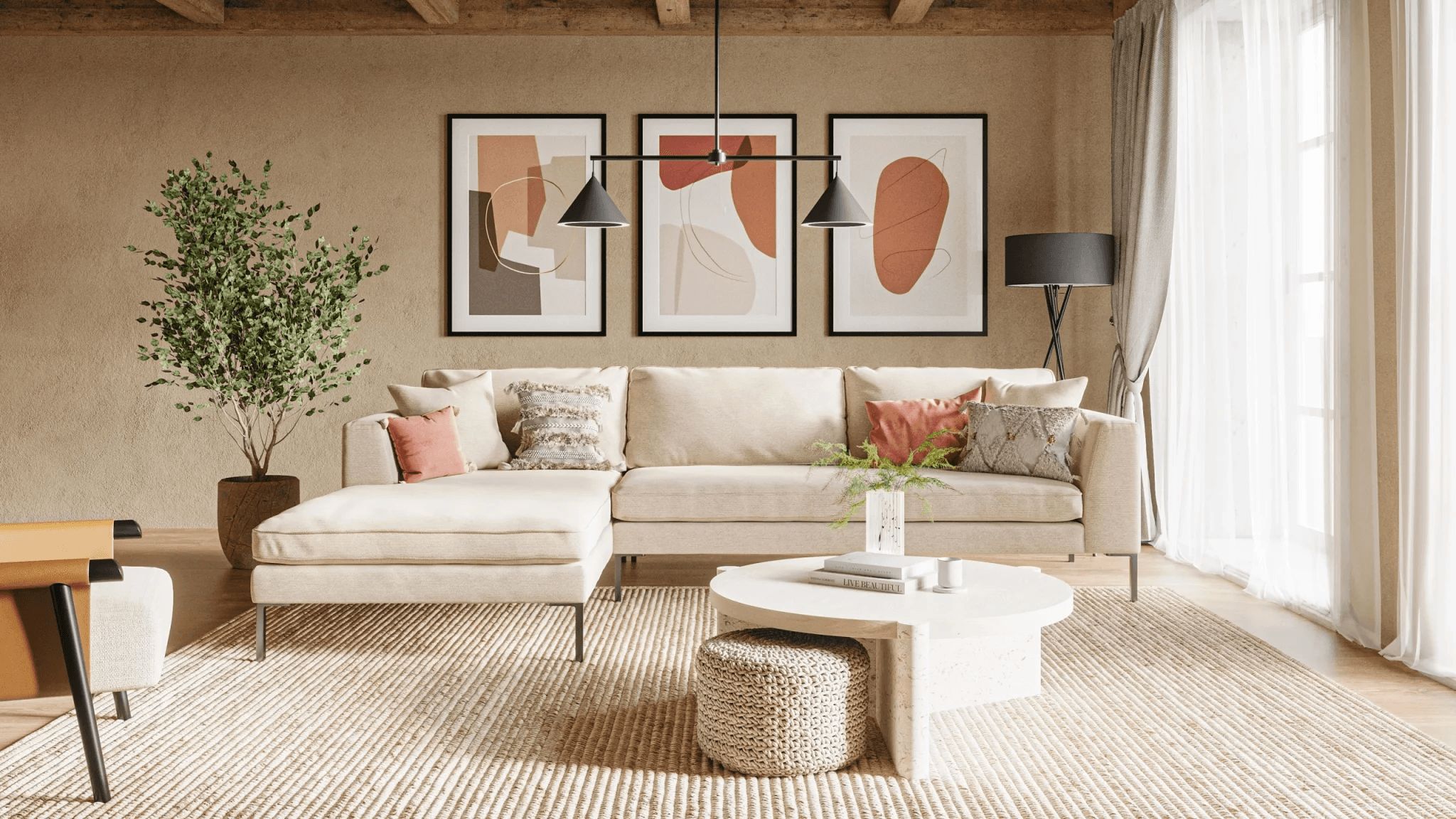
A lifestyle or roomset 3D render is a computer-generated image showing the product in a certain setting, like a room interior or an outdoor scene. Its purpose is to show that the centerpiece will look amazing in real life, fit different interior styles and serve multiple purposes if that’s the case.
Lifestyle rendering services make it easier to see the size of the product than in a silo image. This is because the piece is shown next to familiar objects, allowing the viewer to understand its dimensions at a glance. You can learn more and see examples in our article about product lifestyle rendering.
3) Interactive Rendering
This type of 3D service offers innovative solutions that help capture, hold prospects’ attention online, and make them engage with the product. The following are the most widely used types of interactive CGI for forward-thinking brands.
a) Product 3D Animation

Product animation is a computer-generated marketing video. It has absolutely the same opportunities as traditional videos. The difference is in the procedure: unlike with videos, there is no need for actual shooting. The 3D artists will do everything using the 3D animation software, and the output will be photorealistic and look like a piece of art. Moreover, like product renderings, 3D animation does not require having an actual product manufactured — only its 3D model.
Curious to learn more? We have an entire chapter dedicated to product animation. Read it to discover what a 3D product animation agency can do. It covers the 3D animation process, business use cases, and examples of agencies that create outstanding animated videos.
b) 360° Product View
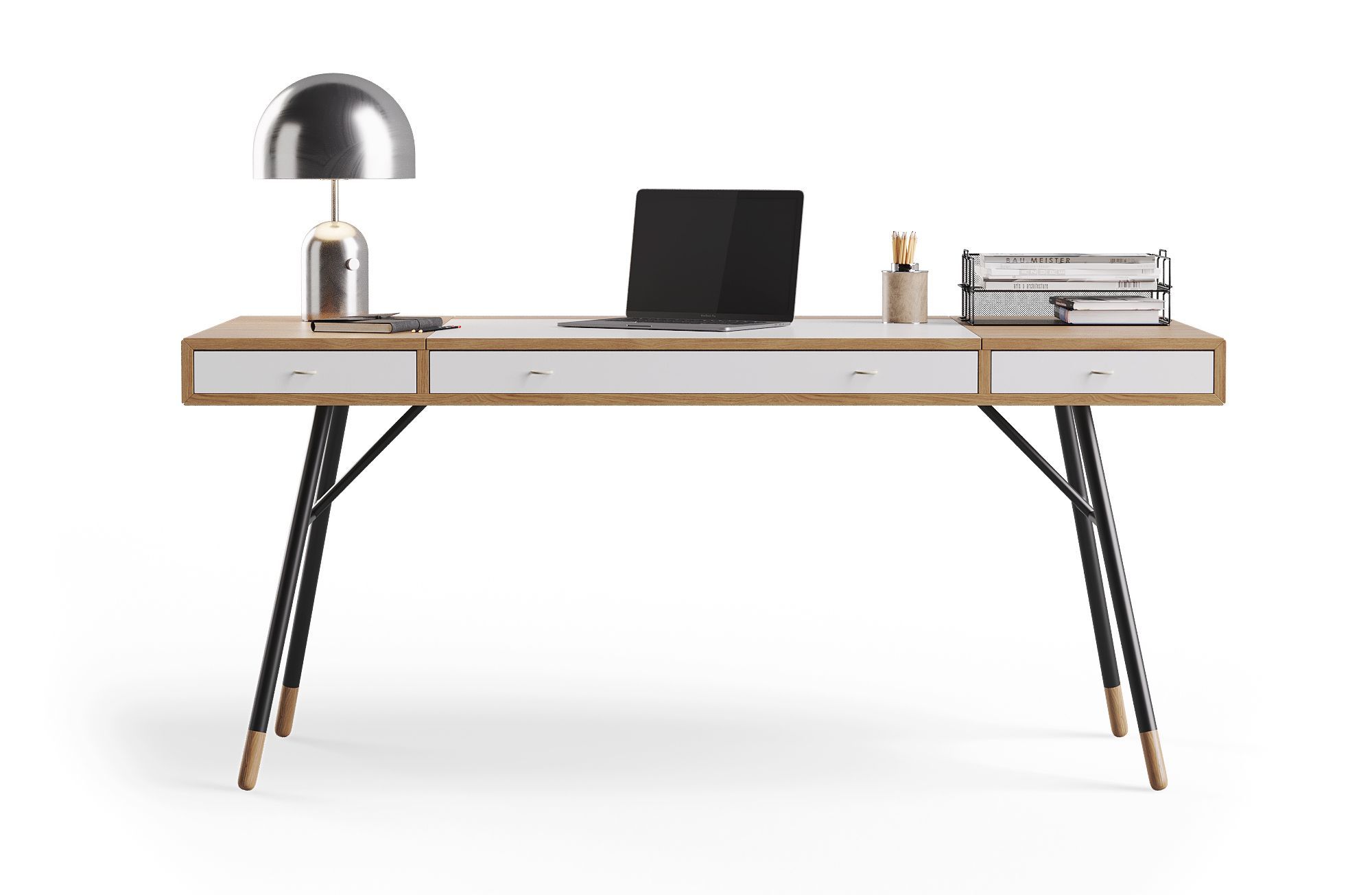
A 360-degree product view refers to an interactive 3D visual representation of a product that allows customers to rotate, zoom, and view the item from all angles. That’s why 360 product photography is a go-to option when an e-commerce brand seeks to enrich the online customer experience and make it feel more like real-life shopping. More interactivity results in more engagement, more information, and ultimately, more sales.
Product 360° views come in 3 types based on the number of frames:
- 360° sequence with 16 frames;
- 360° sequence with 30 frames;
- 360° sequence with 60 frames.
Each option offers a different level of detail and interactivity, with higher frame counts delivering a more fluid experience.
16 images
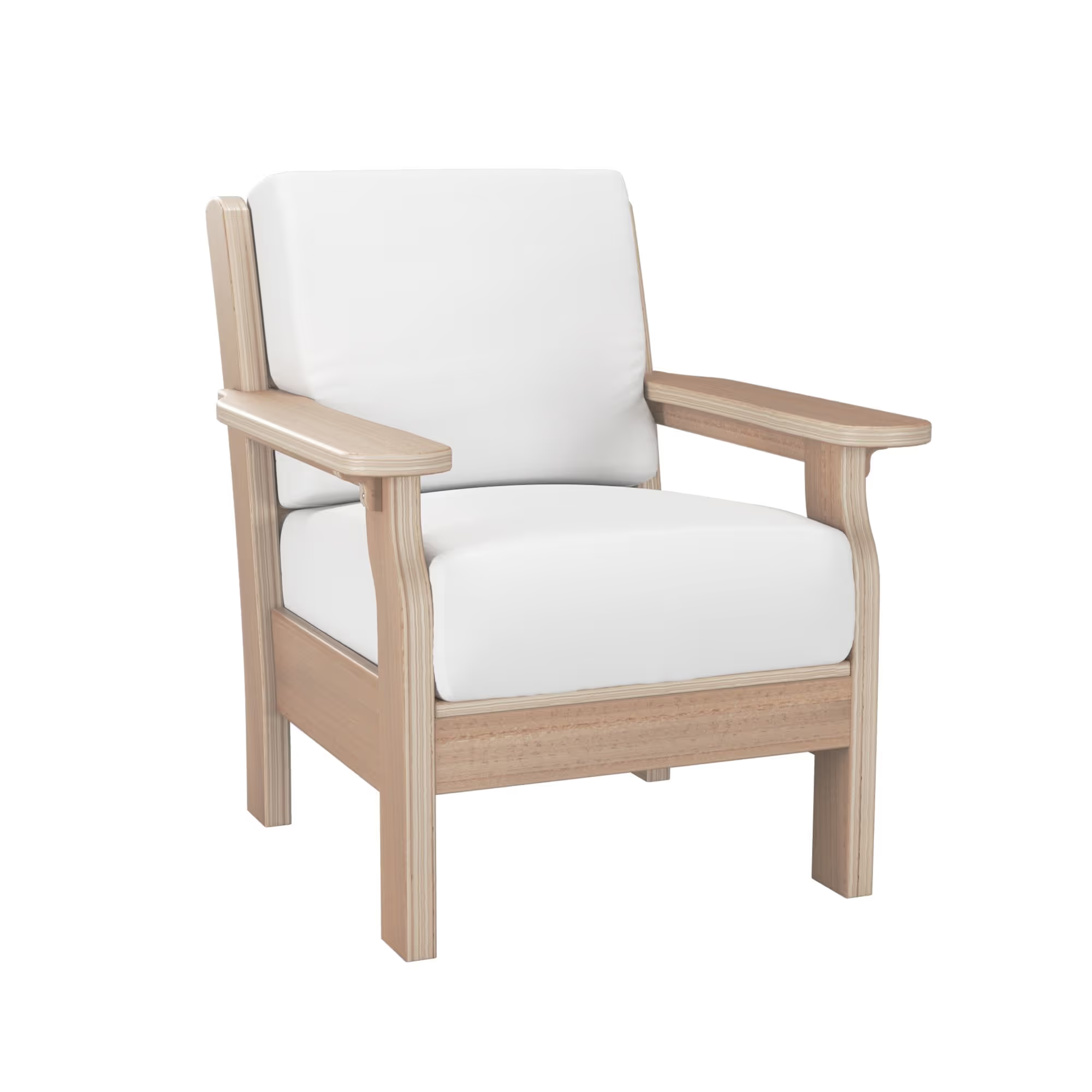
30 images
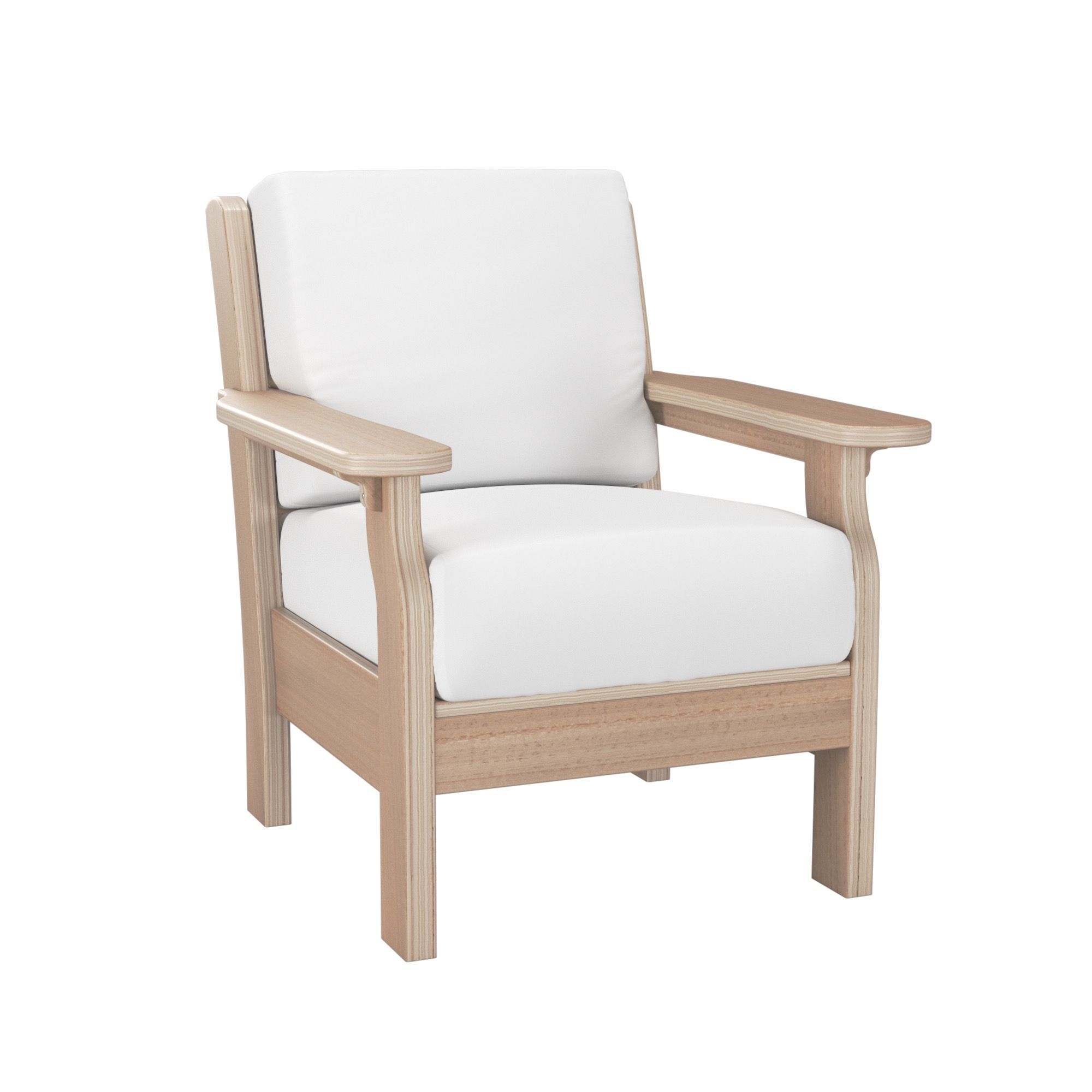
60 images
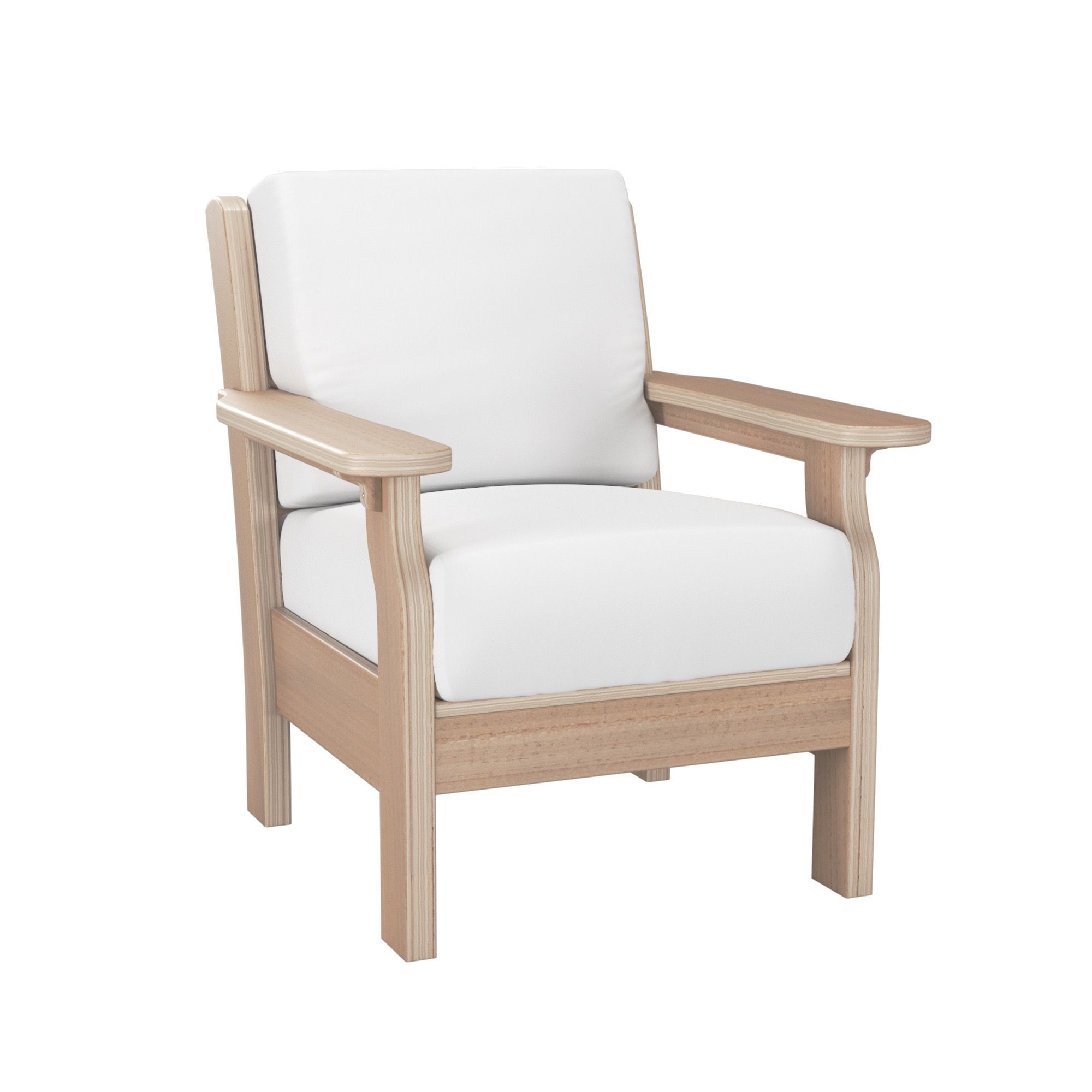
The other 3 types of product 360° views are based on different formats:
- rotating 3D view: allows to rotate a 3D product model in a circle;
- multi-row 3D view: built on 7 rows of 36 renders in each. It allows rotating a 3D model in all possible directions — from side to side, top, bottom, at a 45-degree angle.
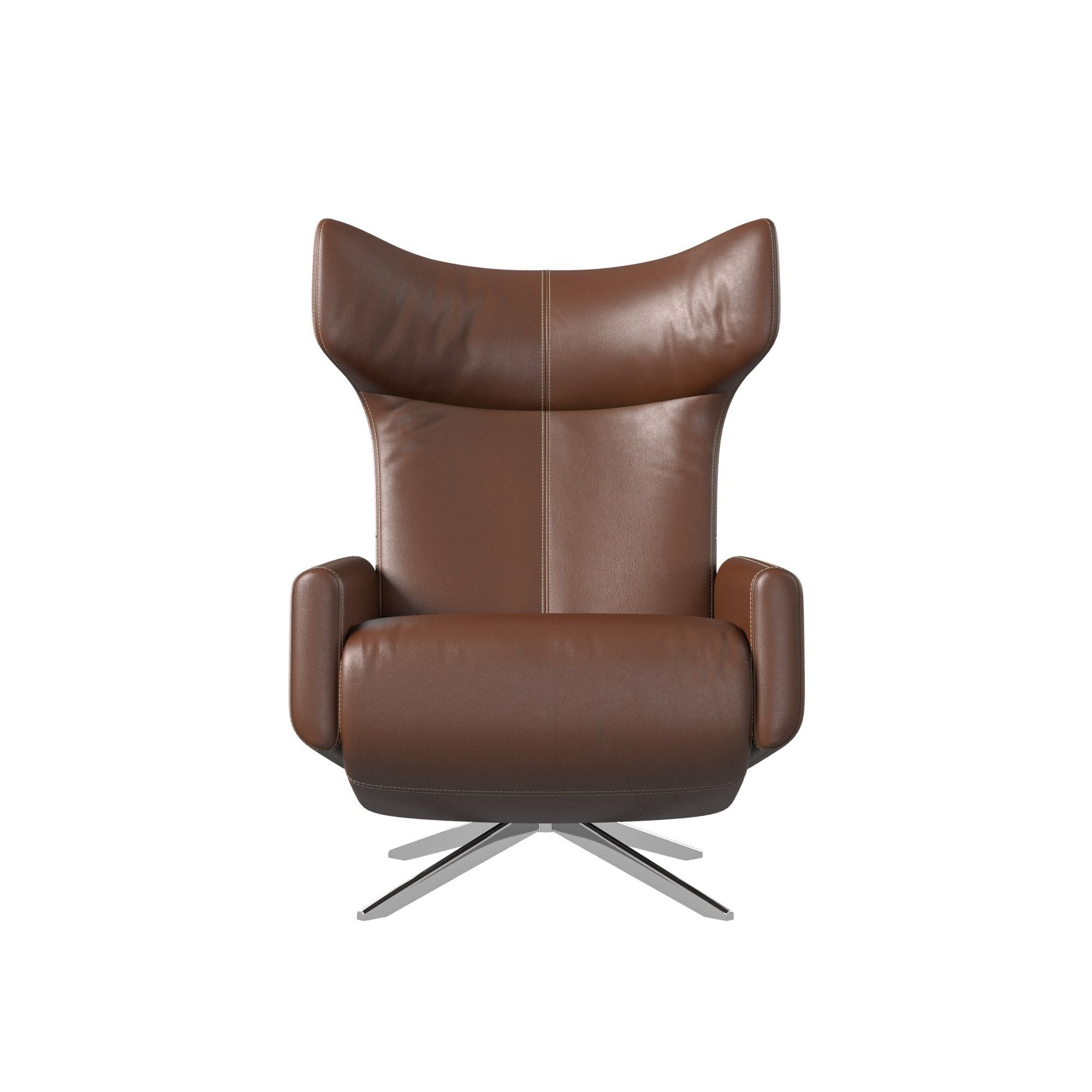
- immersive 3D view: made of a series of images that show a 3D product model in different configurations.
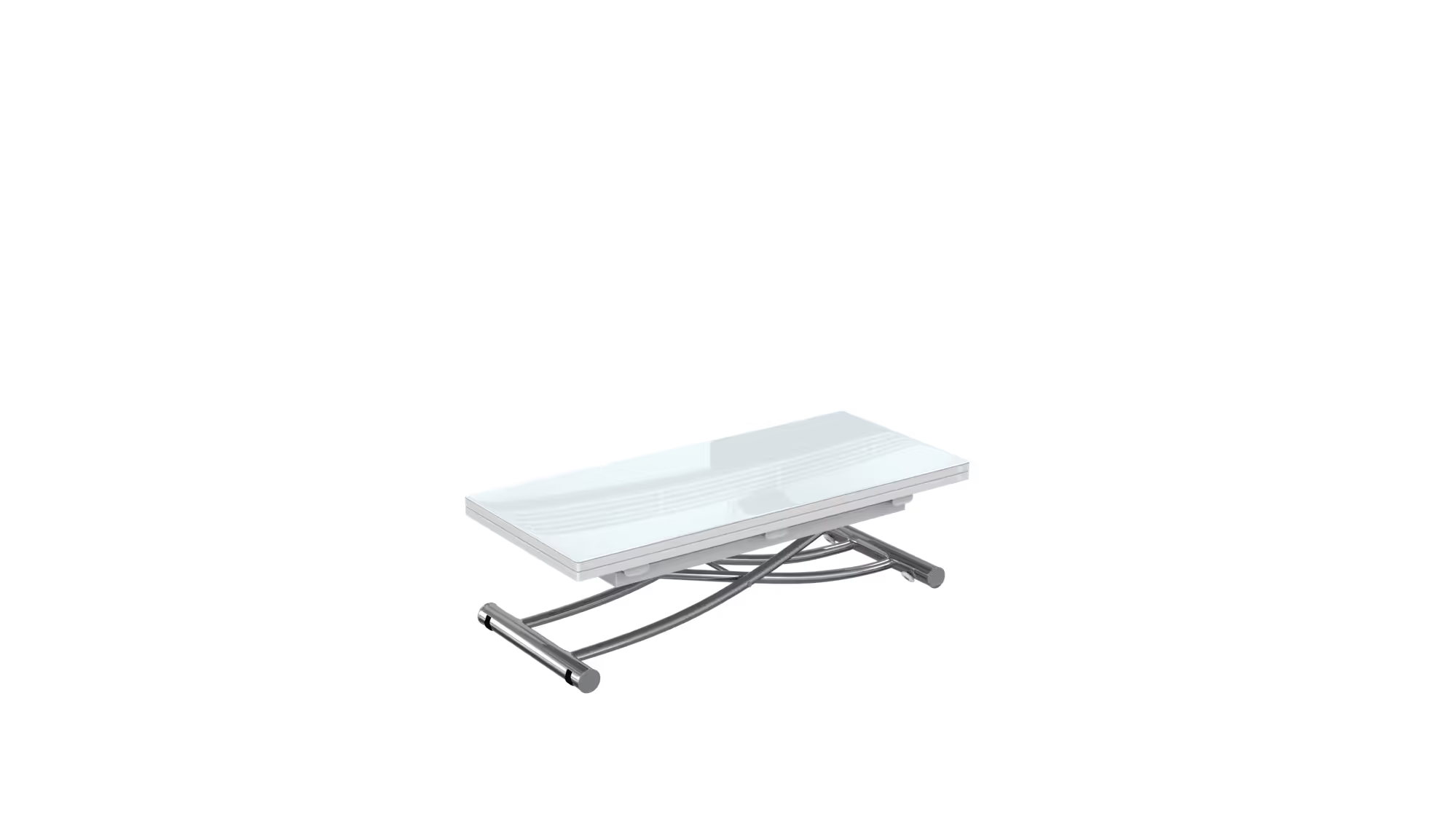
There are quite a few advantages to using 360° product views. You can learn the main ones in our article about the power of 360° product views in e-commerce.
c) Product 3D Configurator
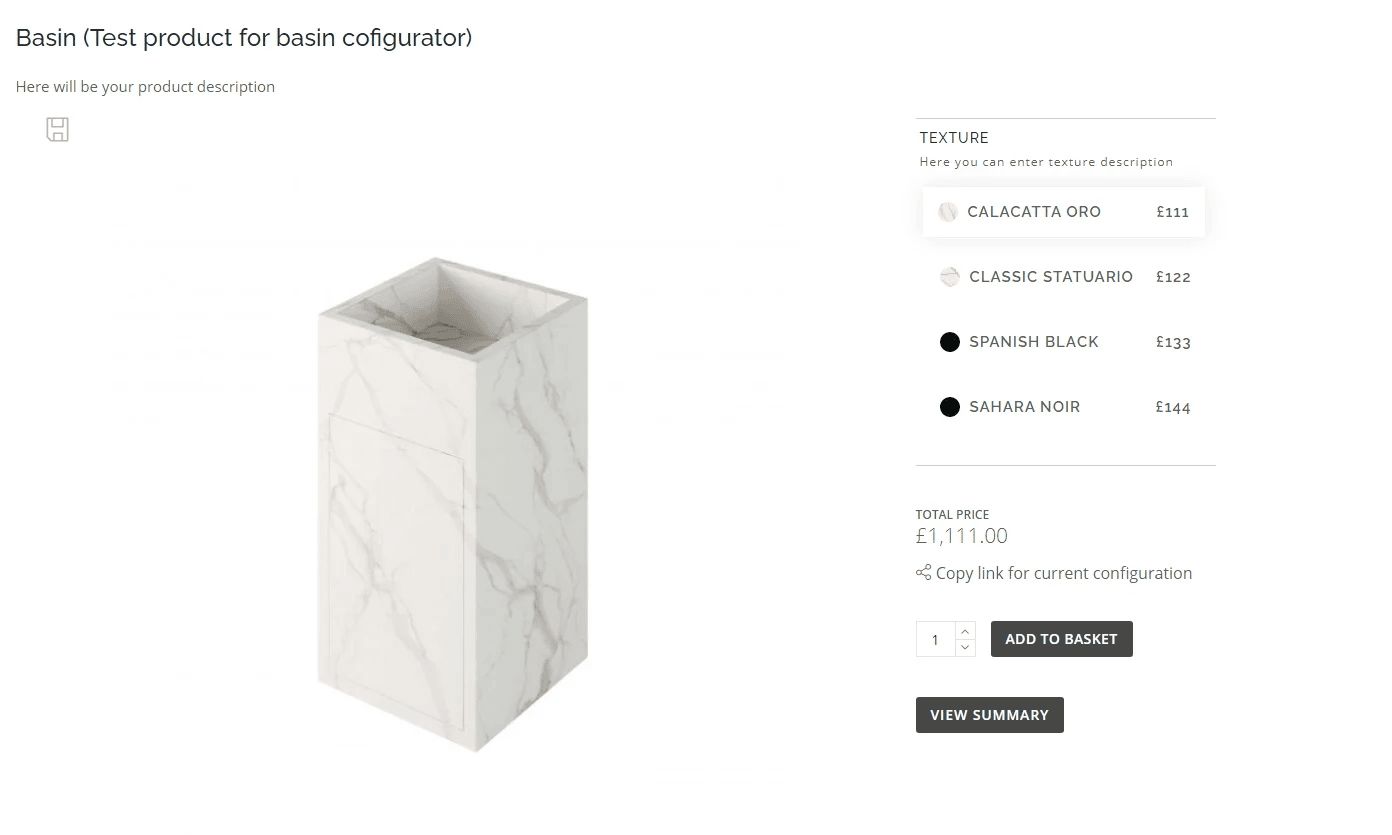
This is a digital tool that helps visitors of e-commerce websites customize products till they get perfect solutions. This way, people can see the items they liked in different colors, shapes, sizes, materials, and more. So basically, 3D configurators are aimed at engaging prospects with a product and giving them exactly what they want.
Moreover, with a 3D configurator, users can examine and adjust furniture using an AR app.
It’s fun, highly engaging, and most importantly, leads to a more conscious purchase decision. And the latter is key for minimizing product return rates!
You can find out more information on the matter in our article about the usage of 3D product configurator.
To conclude, there are 3 main types of CGI services. First, there’s product 3D modeling, which includes low-poly, high-poly, and CAD modeling, as well as 3D retopology. Additionally, we have still rendering, which involves creating white-background CG product images and lifestyle 3D renders. And, last but not least, there’s interactive rendering, which includes the production of 3D animations, 360° product views, and 3D product configurators.
Below, you can find an infographic with all the main types of product 3D rendering services. Feel free to save it so that you can always have this list at hand!
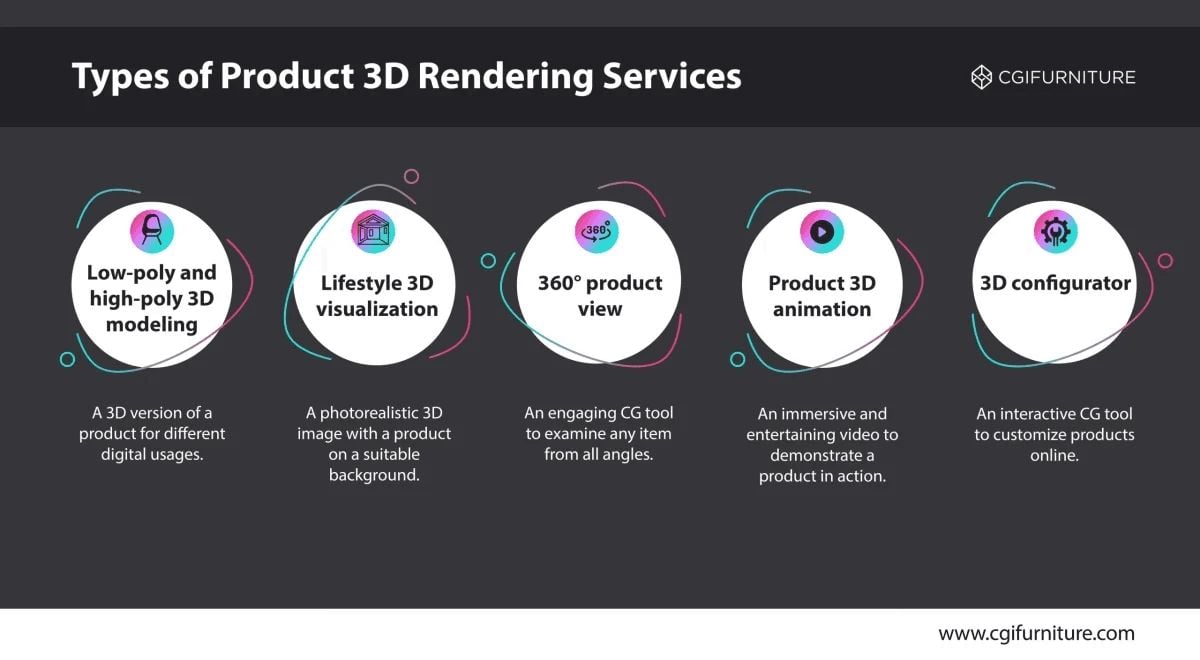
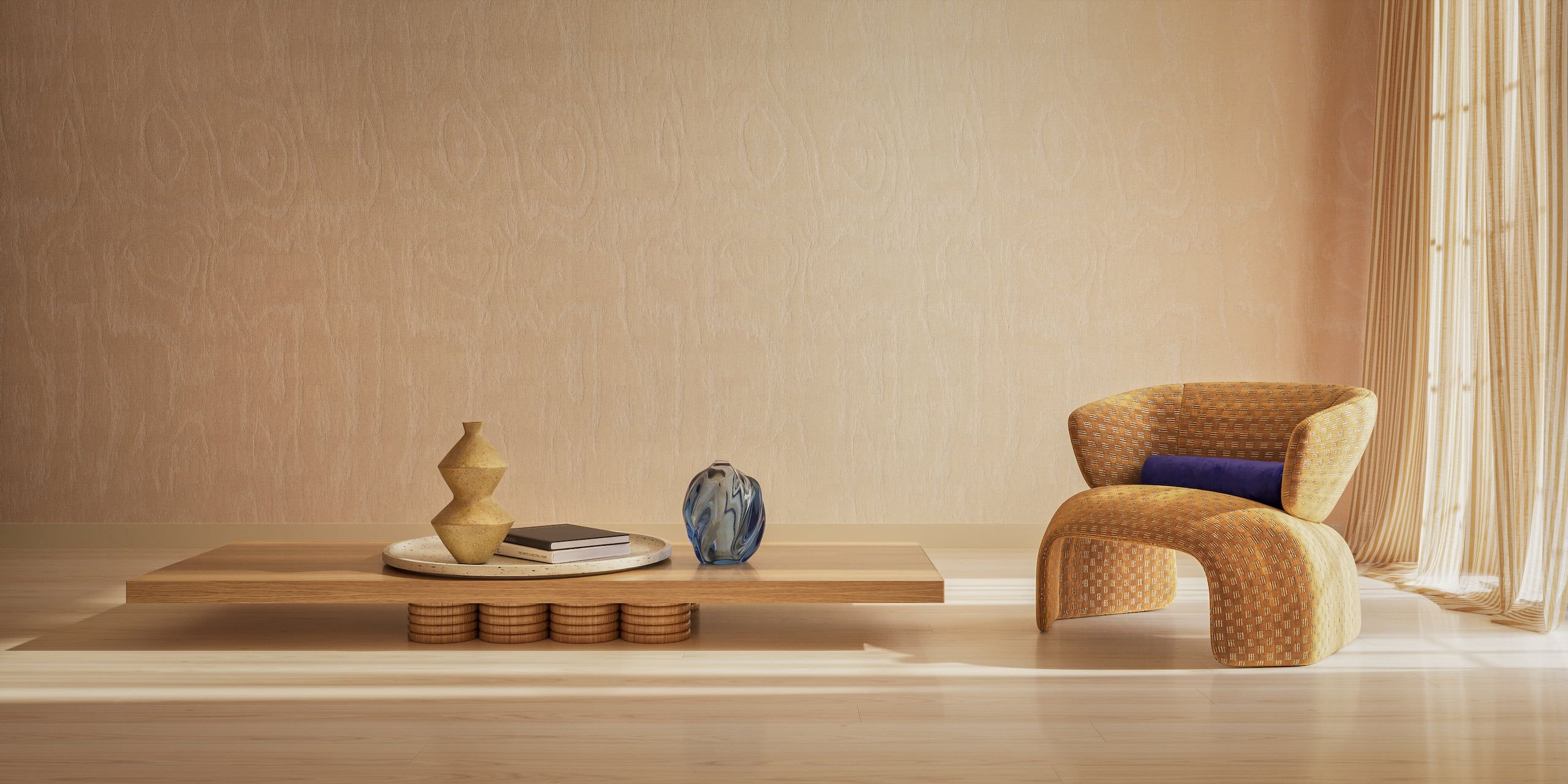
Get the Commercial CGI & Product Rendering Guide for Marketing Directors
Everything you need to scale product content with CGI.
Get expert insights, real project examples, and strategies with proven ROI.
Fill out the form to receive the guide directly in your inbox.